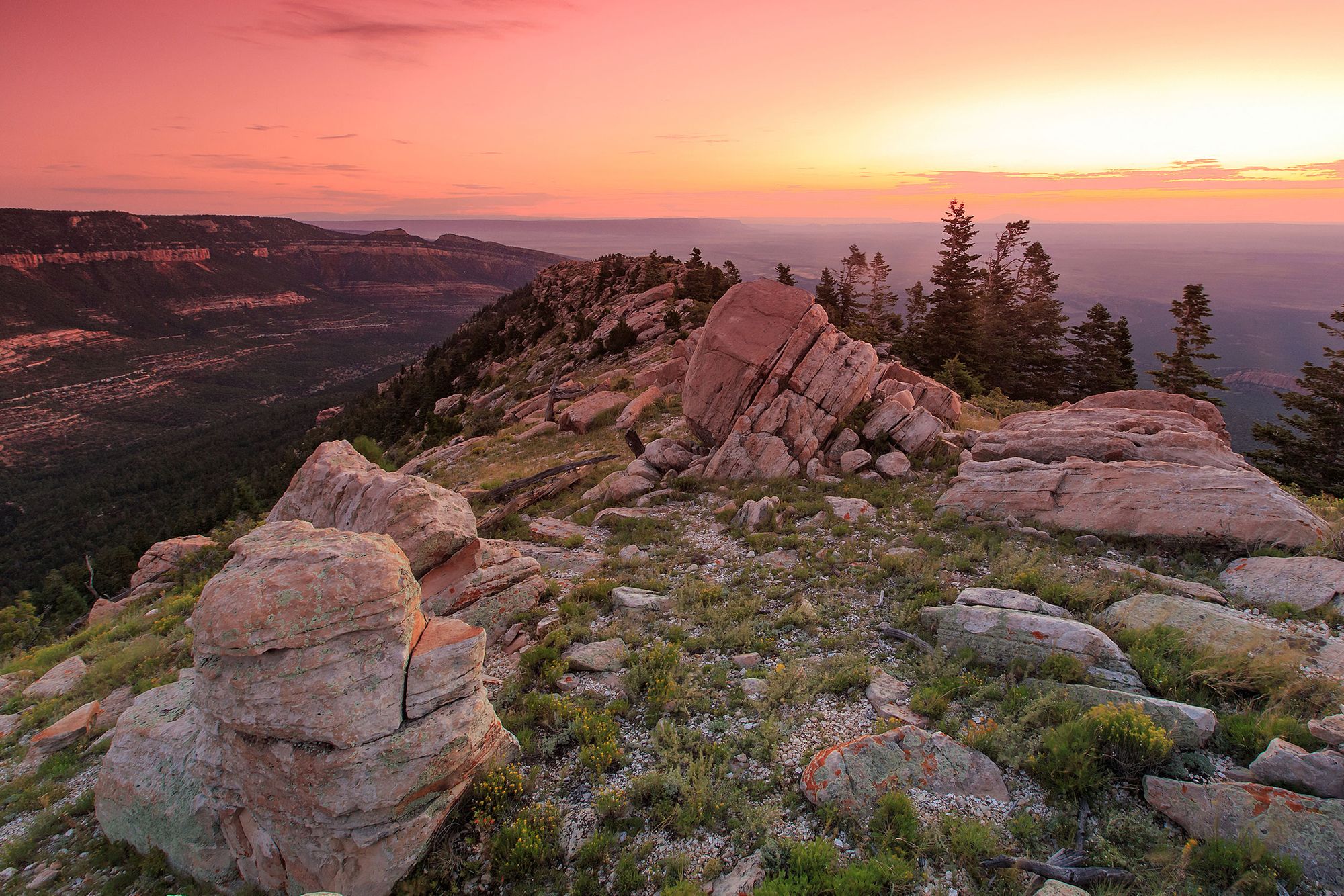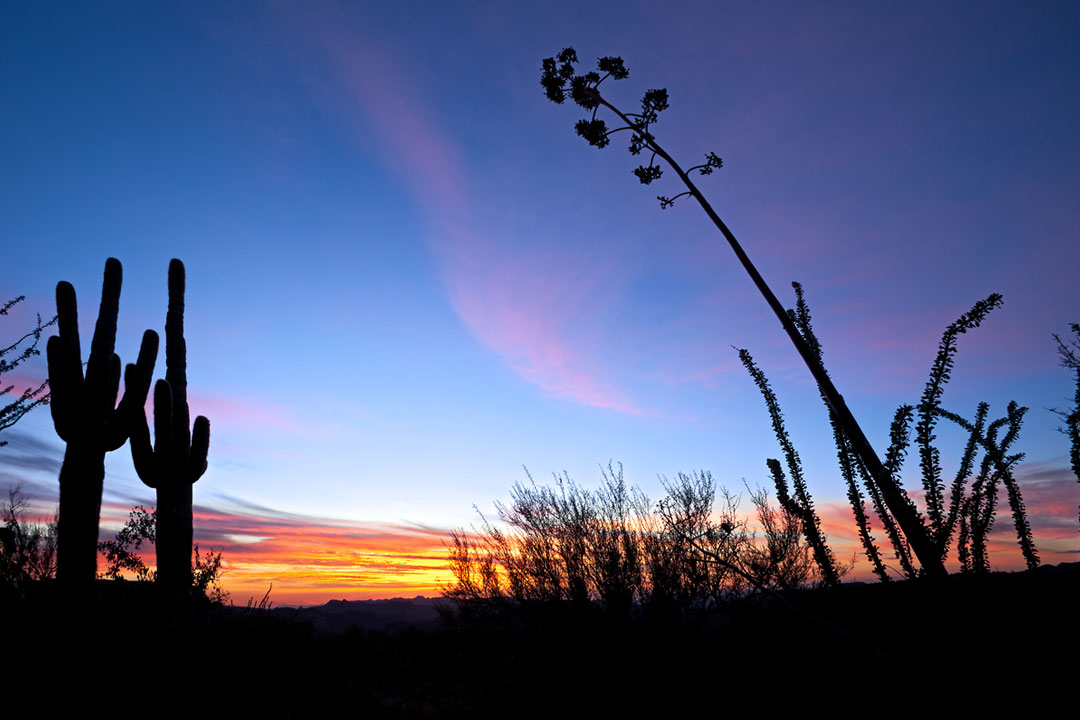A View of The New Frontier

Sometimes, in the face of a challenge, we end up in the right place, at the right time, with the exact things we need to succeed. It can come down to luck, or preparedness, or sheer stubbornness and determination. But more than anything, our chances of landing in this perfect spot increase when we detect signs of change in advance.
Sometimes change starts as a low hum — that feeling that things are different. I first heard a hum about seven years ago. Today, in 2015, all I can hear is a roar.
I founded Sparktivity, an interdisciplinary team of technologists, designers, researchers, and social scientists, to help teams solve problems and turn toward the future. Over the last decade, I’ve noticed that the landscape of how people work has altered significantly — and I’m not the only one.
It began with clients and friends lamenting the unprecedented, overwhelming flow of information coming at them every day. Filtering this stream for relevance presented major obstacles to their focus. Soon, these conversations expanded to include discussion of the ever-forward march of technology, the increasing relevance of the design profession, and the fresh voices and opinions of young professionals joining the workforce.
Activity on all these fronts became such a regular topic of conversation for Sparktivity that, by early 2013, we’d given their intersection an in-house name: The New Frontier.
The term “the new frontier” has been widely used in descriptions of exploration. Popular since the early 1900s, the term was made most famous in 1960 by young presidential candidate Kennedy as he outlined his vision for social change. Decades later and in a very different context, our clients and colleagues have responded positively to our use of the phrase as a way to talk about that same hum they’ve heard. Now is another moment of exploration.
Sparktivity has been watching the traffic at this intersection in order to better inform our approach. After several years of research and synthesis, we have identified five game-changing shifts that we believe can be used to better understand what’s going on out at The New Frontier.
A new generation of professionals — digital natives who grew up with the Internet — has entered the workplace, resulting in the biggest cultural transformation since Baby Boomers upended the post-WWII business environment. Successful organizations are taking the time to understand the values and expectations of Millennials.
Everywhere-connectivity, next-generation mobile devices, and commodity cloud-computing services have combined to reshape how we use, create, and share information and content. Amazing solutions, previously unavailable to companies outside the Fortune 500, have become affordable luxuries for all.
The Internet is this era’s answer to Horace Mann’s call for education as a “Great Equalizer” — providing seemingly limitless possibilities for knowledge. Access to this open exchange of information — through art, writing, code, data, tools, dialogue — increases opportunities for collaboration, making shared meaning, raising accountability, and for disrupting legacy hierarchies based on exclusivity.
Services, products, and experiences born from a participatory design process resonate deeply and solve problems more completely. It is now the responsibility of all practicing designers, and a requirement for all successful businesses, to invite people into the center of their work.
Today, people tackle complexity on a scale never imagined by their predecessors. Modern communication technologies collapse geographic boundaries that previously narrowed access to collaborators, constituents, and stakeholders. Meanwhile, truly engaging in a local community requires a fresh look at sustainability, justice, and changing economics. The new baseline is a flip of the old ‘60s standby: think locally, act globally.

These shifts in contemporary culture have led us all to The New Frontier.
What do these five things mean for our future? How can we stay relevant and successful amidst the challenges? Better yet, how can we thrive and redefine markers of success by creating innovative opportunities?
At Sparktivity, we embrace these complex questions. We help teams clear the road ahead, seize this incredible moment, and progress toward shared goals.
The need for a new way of working in the face of historic cultural changes is the beating heart of our firm — it’s why we do what we do at Sparktivity.
If you hear that roar like we do, you know that the nature of business is evolving in significant ways. Ahead lies a vista of wide-open possibility that has only just begun to transform every part of our lives.
My team at Sparktivity and I will continue to explore this landscape, and we’ll share more of our thoughts along the way.
*David Alford, Everette Allen, Gerard Allen, David C. Baker, Sean Baker, Scott Belsky, Beau Brewer, Josh Brown, Brett Buddin, Robert X. Casserly, Ed Catmull, Sean Costello, Meredith Davis, Arek Dreyer, Nancy Duarte, Austin Dwight, Julia Elman, Blair Enns, Jermaine Exum, Will Feichter, Bill French, Jason Fried, William Gibson, Luis Giraldo, James Gleick, Joshua Glenn, Ric Grefé, Laura Hamlyn, Allen Hancock, Dawn Hancock, David Heinmeier Hansson, Tim Hassett, Jim Hollis, Amber Howard, Stephen Johnson, Tad Johnson, Nick Jones, Mike Joosse, Steven Keith, Aly Khalifa, David Kelley, John Kitzmiller, Andy Kurttz, Rob Landry, Lawrence Lessig, Roger Lingle, Christian Madsbjerg, Merlin Mann, Sarah Mason, Vijay Mathews, Stephen Mayer, Mike Monterio, Matt Muñoz, Jay Nierodzik, Emily Nytko, Mark O’Brien, Tim O’Reilly, Alexander Osterwalder, Yves Pigneur, Mikkel B. Rasmussen, Dawson Roark, Ricardo Roberts, George Saunders, Jakob Schneider, David Schram, Margaret Schram, Gina Scott, Phil Simon, John Siracusa, Jonny Spiva, Richard Stallman, Mihali Stavlas, Neal Stephenson, Bruce Sterling, Marc Stickdorn, Charlie Stross, Kate Thompson, Kathryn Thompson, and Marnie Thompson.
Thanks to [Johnny Adolphson](https://www.flickr.com/people/johnnyapics/) for the amazing cover photo on this article, shot at the Grand Canyon in Arizona.*
